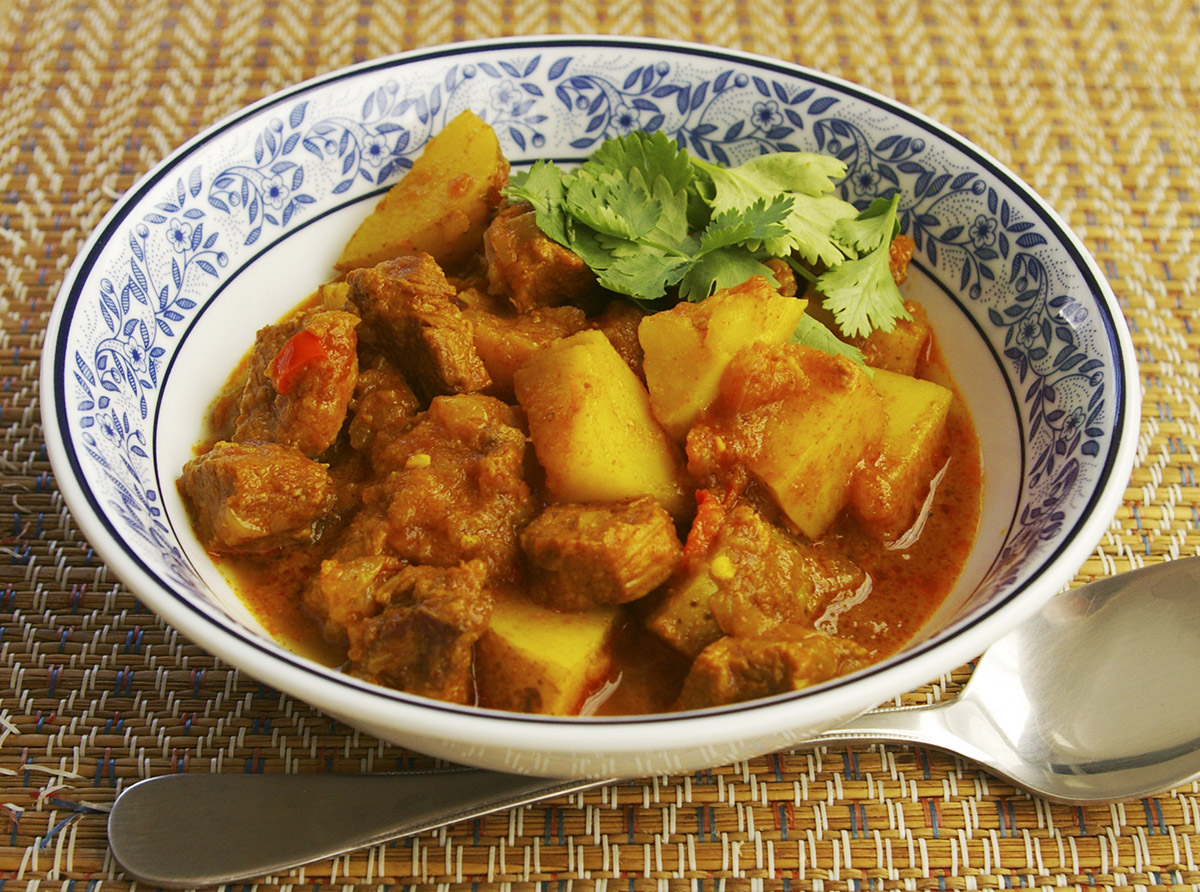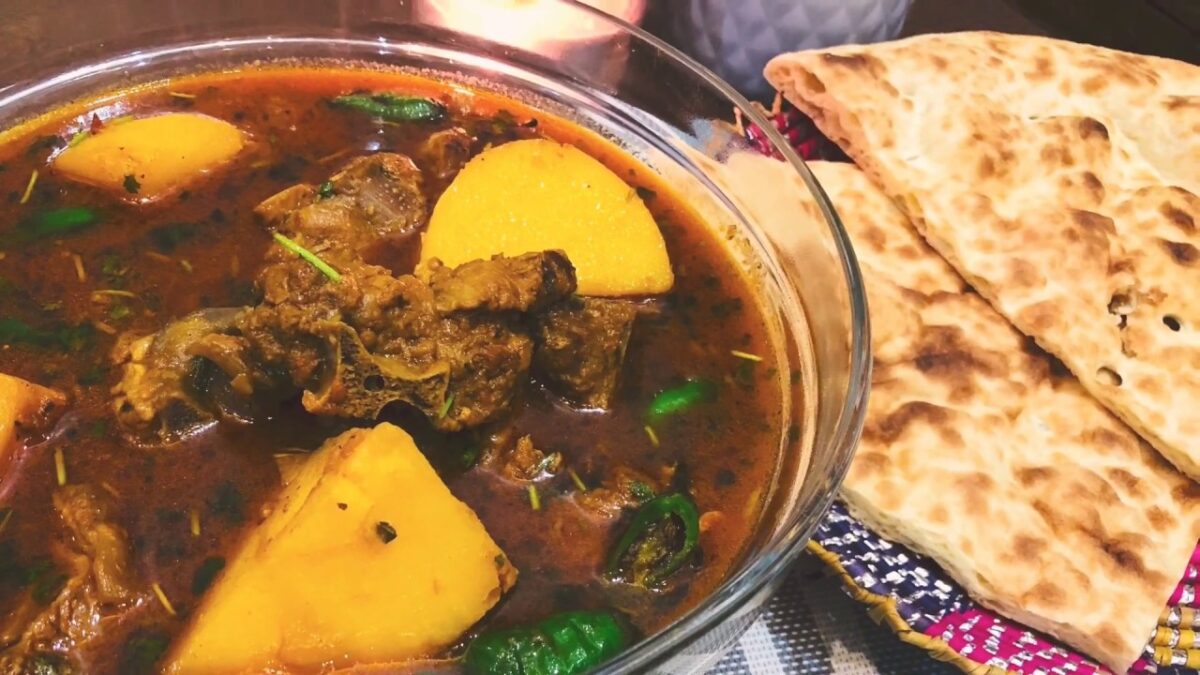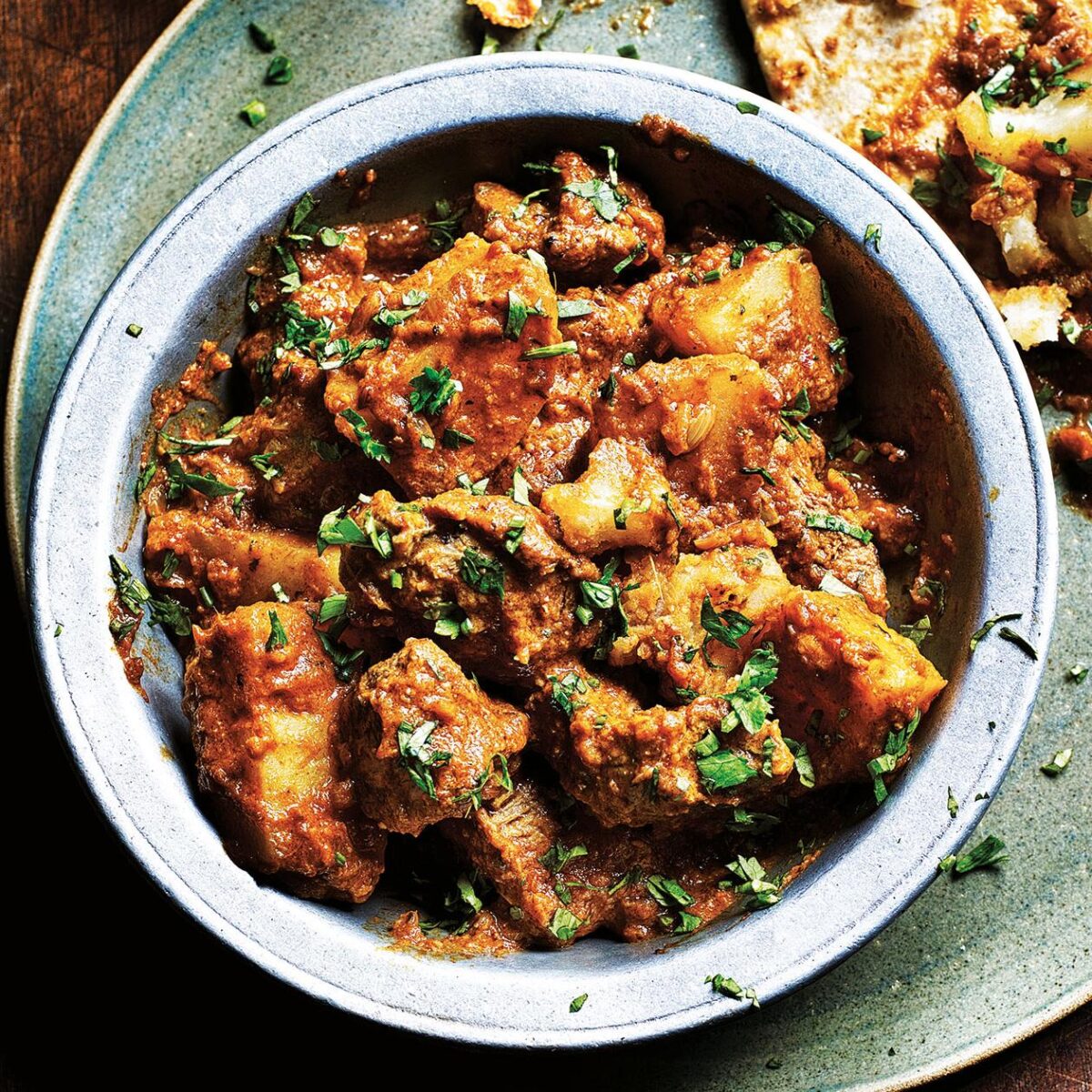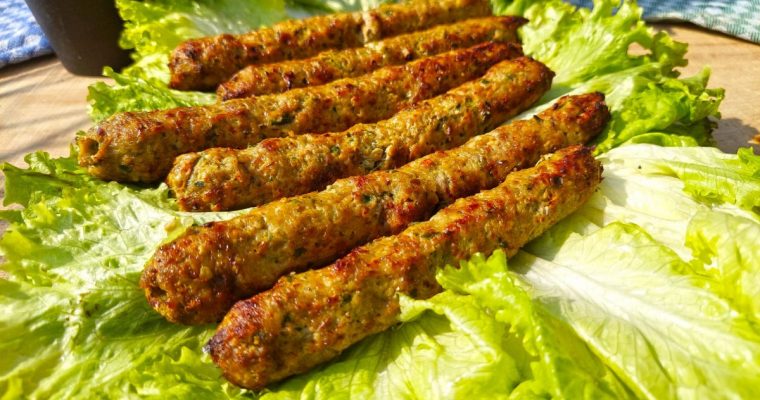“Pakistani Homestyle Aloo Gosht Recipe is a cherished curry dish that has been a favorite since my childhood, epitomizing the essence of Pakistani cuisine. This delightful recipe boasts a dedicated fan following within and beyond Pakistan. As I delve into the realm of Pakistani food writing and blogging, I am thrilled to finally share this exceptional recipe. Join me in this blog as I guide you through the process of effortlessly preparing the beloved Pakistani Homestyle Aloo Gosht. Furthermore, I will unveil a special technique to recreate the same flavors using an instant pot, ensuring the preservation of its original taste. Let’s embark on a culinary journey exploring tantalizing chicken and potato recipes, with the irresistible aloo gosht taking center stage—an authentic and quintessential Pakistani delight.”
What is Aloo Gosht:
Aloo Gosht is a meat-and-potatoes dish popular in Pakistan and northern India. Unlike restaurant-famous mutton dishes like Rogan Josh or Lamb/Goat Korma, this is a warm, comforting dish found in many South Asian households. Like a traditional Chicken Curry, Aloo Gosht has extra gravy or curry (commonly referred to as Shorba’ or ‘Salan’). This gives it a soupier texture, making it ideal for scooping up with roti, paratha, or rice.
Needed Ingredients in Aloo Gosht:
Oil: Authentic curry is distinguished by a small oil film on the final dish. I used 1/4 cup, which was sufficient to give it a homey appearance and flavour. You’ll also need oil to fry the meat before and after it’s cooked.
Ghee: Not required, although I use a small amount for a more delicate flavour. Butter can also be used as a replacement.
Aloo Gosht is usually cooked with bone-in goat or lamb chopped into 2′′ pieces. Goat is tough to come by in most supermarkets; however, it is readily available pre-cut at Halal meat markets.
Meat Cut: I usually get the mixed cut, which is numerous cuts. Choose the leg if you prefer meatier cuts.
Tips for Preparations:
I typically use a food processor to assist acquire the correct consistency for thinner, soupier curries.
To finely chop the onions, use the pulse function on your blender. If you combine them, they’ll leak water and it’ll be more difficult to brown them.
To assist the tomatoes blending into the curry, make a rough tomato purée. I’m not sensitive about tomato peel in my curry, but you can puree it even further if you like. To peel the tomato skins, some people prefer to immerse them in boiling water for 3-5 minutes.
What if you don’t have access to a food processor? To finely cut the onions and tomatoes, simply use your knife.
Green chilli peppers: are used to provide a hint of heat and flavour to dishes. Use half of a Serrano or a small Thai/eye bird’s chilli pepper.
Cumin seeds, cloves, and cardamom pods are among the entire spices used in this dish. Other whole herbs, such as dried bay leaves, black peppercorns, or a cinnamon stick, can be included. You’ll also need common ground spices, which you probably already have.
Salt, kosher: I like kosher salt, but you can use whatever salt you have on hand. Because if you use table salt, you’ll need less than the recipe calls for. His is a soupy curry; a generous amount of salt is required to flavour it well. If you whole-milk yoghurt: I used yoghurt to add flavour to the curry and thicken it. If you want to make it dairy-free, leave off the cheese.
Potatoes: I prefer russet potatoes since they have a better flavour and cook faster. If you choose a different type, you may need to add them sooner to prevent the meat from overcooking.
How To Pakistani Aloo Gosht:
Step 1: Season the goat/lamb meat with salt and sauté it until it is beautifully seared—this aids in flavour development.
Step 2: Saute the garlic and ginger until fragrant. Then add the majority of the remaining ingredients and mix well (onion, tomatoes, green chilli, whole and ground spices, and the remaining salt). Bring a pot of water to a boil. Because you’ll be sautéing it down once the meat cooks, you don’t need a lot of water. Cover and simmer over low heat to get the beef nice and cooked.
Tip: If your beef isn’t fully tender, skip to the following step. When squeezed with a wooden spoon, you want it to break. Continue to cook if not.
Step 3: Increase the heat to high and sauté the remaining moisture/water content. To keep the meat from breaking, we stir it once in a while. Continue to sauté (bhunai) for another 5-6 minutes after the water has gone.
Bhunai:
The Bhunai is a South Asian cooking technique that is best defined as a combination of sautéing and frying. Bhunai is used to reduce the onions and tomatoes into a homogeneous, coherent masala while infusing the meat with flavour. We don’t have to brown the onions at first because we’re taking the time to simmer it down. The oil will naturally separate from the masala at this point.
Step 4: Finally, add the potatoes and water and the yoghurt. Allow the potatoes to simmer until fork-tender, covered. The oil will naturally rise to the top after the frying is complete.
Step 5: That’s all there is to it! You’ve completed the task. Garnish with cilantro and garam masala. Try not to eat a bite straight from the pan.
Aloo Gosht Instant Pot Recipe
Pressure cookers have been used by Pakistani and Indian cooks to produce mutton curries for decades. It’s no surprise, then, that Aloo Gosht works wonderfully in an Instant Pot. Here’s how to put it together:
-
On the Instant Pot, select ‘Sauté mode’. Add the oil, ghee, goat or lamb meat, and 3/4 teaspoon salt after the pan is hot. Cook for 5 minutes, stirring regularly until the colour has changed and the edges have seared.
-
Sauté for a minute after adding the garlic and ginger. Continue to mix in the onion, tomatoes, green chilli pepper, whole and ground spices (excluding garam masala), and the remaining 1 teaspoon salt. If necessary, add 1/4 cup water (the less, the better, as this will be sautéed out). At least a third of the meat should be wet.
-
Cancel Sauté: Set the timer for 20 minutes (or 22 min if using larger or meaty pieces such as shoulder or leg).
-
Allow 10 minutes for the pressure to naturally release. The meat will be cooked through but not fall-apart tender. When pounded with a wooden spoon, the flesh should shatter. If not, continue to pressure cook for another 5 minutes. Select ‘Sauté – More’ from the drop-down menu. Once hot, swirl occasionally to cook off any remaining moisture or water content (5-7 minutes). Continue to sauté (bhunai) for another 5-6 minutes after the water has gone. The masala will thicken and diminish as the curry cooks, and the oil will separate from the stew.
-
Take Sauté mode off: Pour in the yoghurt and whisk to combine. Depending on how much curry/shorba you want, add potatoes and 2–2 14 cups water. Pressure cook for 5-6 minutes on high, depending on the size of the potatoes. Allow 5 minutes for the pressure to naturally release. Taste and adjust the salt as needed. (I normally require a smidgeon more.) Garnish with cilantro and garam masala.
Aloo Gosht is a meat-and-potatoes dish popular in Pakistan and northern India. Unlike restaurant-famous mutton dishes like Rogan Josh or Lamb/Goat Korma, this is a warm, comforting dish found in many South Asian households. Like a traditional Chicken Curry, Aloo Gosht has extra gravy or curry (commonly referred to as Shorba’ or ‘Salan’). This gives it a soupier texture, making it ideal for scooping up with roti, paratha, or rice.Alo Gosht Recipe
Ingredients
Directions
Recipe Source: Tea For Turmeric







